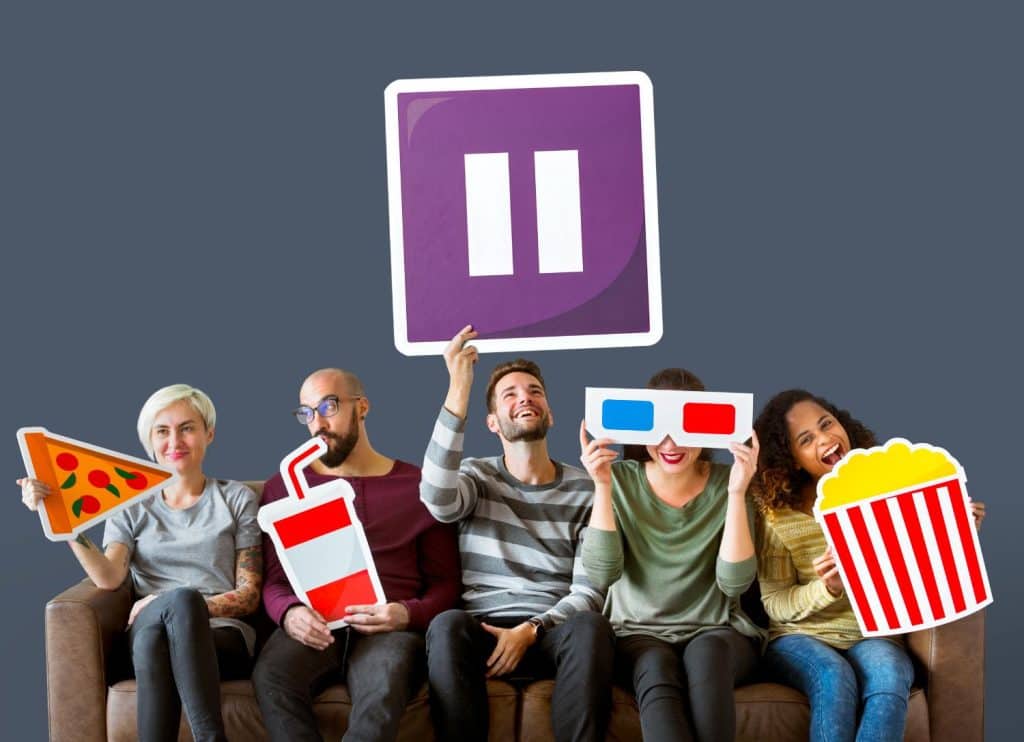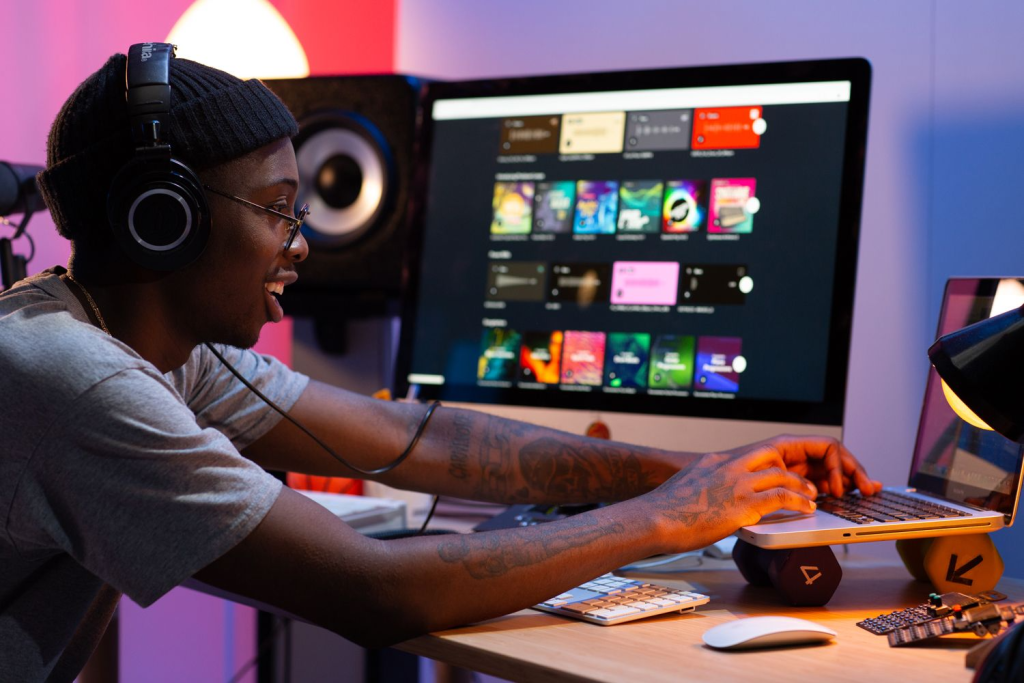I. Introduction
In an increasingly interconnected world, the ability to speak multiple languages has become a valuable asset, particularly in the entertainment industry. Bilingualism not only enhances communication but also allows artists to reach broader audiences and connect with diverse cultures.
As the entertainment landscape continues to evolve, the demand for multilingual talent is more pronounced than ever, with many celebrities leveraging their language skills to carve out unique niches in their respective fields.
This article traces the lives and journeys of some of the most popular bilingual celebrities using their linguistic powers to shape their careers. From chart-topping musicians to top-rated actors, they surely prove a point: knowledge in more than one language opens all doors and brings with itself opportunities that might have been shut otherwise.
Taking a cue from those stories, using a learn a language app could be the first move in unlocking similar opportunities for them. Language skills not only further careers but also give one deeper cultural connections and greater global influence.
By taking a closer look at these celebrities, we will see exactly how their bilingualism has shaped their careers and helped them gain influence around the world.
II. Celebrity Profiles
A. Shakira
1. Overview of Her Background and Languages Spoken
Shakira Isabel Mebarak Ripoll, born in Barranquilla, Colombia, is a globally recognized singer, songwriter, and philanthropist. Fluent in Spanish, her native language, she also speaks English, Portuguese, Italian, and a smattering of Arabic.
Shakira’s multicultural upbringing, influenced by her Lebanese father and Colombian mother, has significantly shaped her artistic identity and linguistic abilities.
2. Impact of Bilingualism on Her Music Career
Shakira’s bilingualism is one of the strong building blocks on which her success rests in the music industry. She blends Spanish and English in a seamless manner to create tracks that have charmed various listeners, reaching the top charts in both languages.
This ability to write and perform in multiple languages opens up an even larger fanbase for her, while varied cultural influences also make her an icon in both the Latin and mainstream pop music scenes.
3. Global Reach and Influence as a Bilingual Artist
As a bilingual artist, Shakira has crossed borders, becoming an icon of cultural fusion. From “Hips Don’t Lie” to “La La La (Brazil 2014)”, her songs have gone international, showing how her languages have taken her to places she never thought possible-to perform at the FIFA World Cup. Shakira’s dedication to her bilingual identity has further made her a strong advocate for education and humanitarian causes, amplifying her influence around the world.
B. Selena Gomez
1. Her Roots and Language Skills
Born in Grand Prairie, Texas, to a Mexican-American family, Selena Gomez has never hidden her bilingual heritage. Fluency in both English and Spanish has enabled her to connect deeply with her roots and the Hispanic community. Growing up, Gomez was inspired by her family’s culture, which has played an important role in shaping her identity as an artist.
2. Bilingual Roles in Acting and Music
Gomez’s bilingualism has opened a number of doors in her acting and music career. She has acted in both English-language projects, such as “Wizards of Waverly Place,” and Spanish-language films and music, such as her album “Revelación.” This versatility showcases not only her talent but also her ability to relate to an array of audiences, securing her spot in both Hollywood and Latin music.
3. Connection with Hispanic Fans and Culture
The fact that she speaks both languages has been a bonding point for Selena and her Hispanic fans. By using Spanish lyrics in her songs and identifying with her culture, Gomez has become relatable to many young Latinos. This connection further builds her fan engagement and fosters cultural pride among her listeners.
C. Rami Malek
1. Background and Languages Learned
Rami Malek was born in Los Angeles, California, to Egyptian immigrant parents, which makes him an American actor of Egyptian ancestry. He speaks fluent English and a smattering of Arabic, taught by his Egyptian parents. His heritage has considerably helped in his career, right from his childhood, to bring authenticity to roles and connect with every kind of audience.
2. Role in ‘Bohemian Rhapsody’ and Its Significance
When Malek played the role of Freddie Mercury in “Bohemian Rhapsody,” this was a career-changing moment for him. That he really channeled the essence of this iconic musician and the cultural sensitivities associated with that world helped the film in ways that cannot be diminished. Being bilingual, Malek had the depth to grasp more about the character and build a better performance, which he did and received an Academy Award for Best Actor.
3. How Bilingualism Opened Hollywood to Them
The bilingualism of Rami Malek has contributed to his skills in acting and navigating this competitive landscape of Hollywood more effectively. This unique perspective combines with his cultural background to create a hot ticket for such varied roles.
By embracing his roots and language, Malek set a precedent within the industry that showed many other actors the advantages of being multilingual within an increasingly globalized entertainment market.
III. Benefits of Bilingualism in Careers
Bilingualism has some advantages that go a long way in bringing success and career opportunities to individuals who are involved in the fierce competition of the entertainment sector. The requirement for understanding and communicating more than one language is increasing day by day because the market is becoming intercontinental. The following subsections discuss the specific advantages that bilingualism can render to career improvement.
Being bilingual provides immediate benefits with regard to enhanced communication. The possibility of reaching wider and diverse audiences, thus overcoming a language barrier, often proves a big obstacle in effectively interacting with others. It is quite important in the field of entertainment, where an artist or performer needs to engage their fans from all over different cultural backgrounds.
Besides, bilingualism brings better networking opportunities. Being able to speak another language broadens a greater professional landscape, by being able to work and share with producers, directors, and performers from another country. Therefore, new roles and projects that hadn’t been possible before would become potential options.
Increased Marketability
With the world becoming more globalized, the demand for multilingual talent is growing high. Bilingual celebrities become more attractive to international projects and are prime candidates for roles that require linguistic versatility. This marketability goes beyond acting to include music, modeling, and various forms of media.
Apart from this, bilingual artists can participate in worldwide campaigns, advertisements, and promotional events targeting a wider audience. Their ability to speak different languages helps them connect with the fans in various regions and hence increases their reach and following. Therefore, they can have a longer career in demand and are more successful.
Beyond the professional benefits, bilingualism has a number of very important cognitive benefits that will enhance the performance of any individual in his or her career.
For example, research has demonstrated that problem-solving skills among bilinguals are usually better because their brains are used to navigating through different linguistic frameworks and perspectives. Such cognitive flexibility may lead to innovative approaches to challenges faced in the entertainment industry.
Increased creativity is yet another significant blessing of bilingualism. The knowledge of more than one language and culture creates a wider worldview, which, in turn, inspires artistic expression and innovative thinking. Bilingual artists tend to draw from their diverse experiences to create work that may be very unique and marketable in a competitive arena.
IV. Conclusion
In reflection upon the paths taken by these multilingual icons, it would appear that speaking more than one language is not just an asset but an integral part of a successful and thriving career in the arts.
For aspiring artists, embracing the challenge of learning new languages can pave the way for greater opportunities and connections. Ultimately, in an industry where storytelling knows no borders, being able to communicate across cultures can be that tool to really push a career to the next level.





















